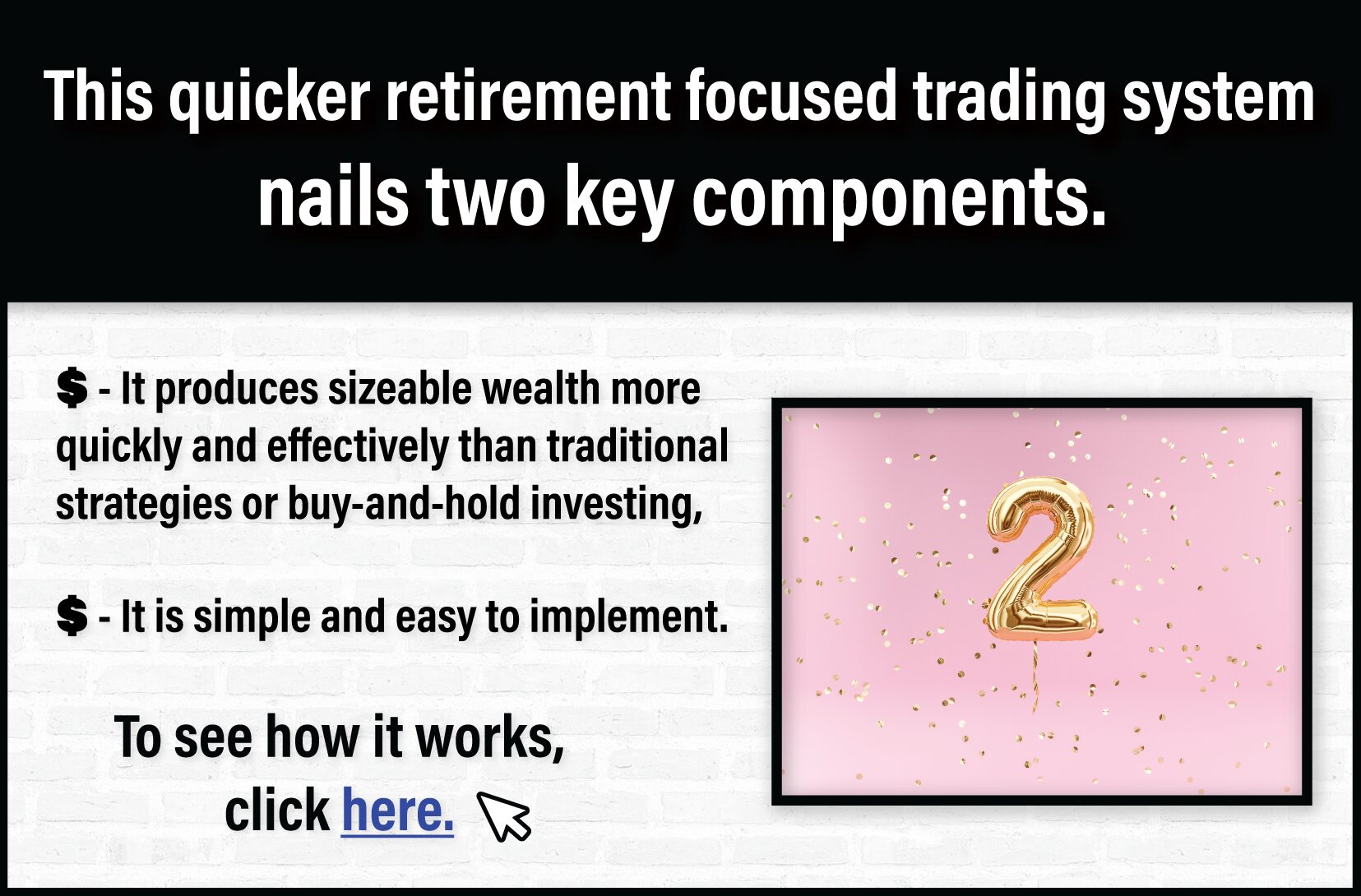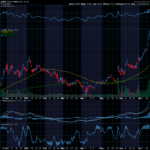There is something special about option trading that isn’t often discussed. There is no end to it or a limited amount or quantity. If everyone wanted to trade because it was wildly popular, it wouldn’t change the fact that you could still trade. There isn’t a limited amount. There is more than enough for everyone to participate. On top of that, you are learning to participate as a winner. WTG!
Here’s What Is Covered Below:
- How To Spot Moving Averages (MA)
- How To Read the Information They Are Sharing
- Learn to Use them and Their Crosses
- Study Charts to Gain Confidence in the Information the MAs Share
Friday is education day. My goal is to teach everyday people (like me) to successfully trade options. I do my best to write in an understandable way as if we are talking while sitting on my deck in a relaxed atmosphere.
The trading tools you select and use are important, and can make your trading easier and more effective. Today, I chose Moving Averages to discuss.
Last week, we discussed Evening and morning Star candlestick patterns and the information they provide on a stock’s chart to help suggest a stock’s upcoming price movement.
I am going to post an image of a chart and then, we will discuss moving averages.

Stockcharts.com

As you look at the chart image above, notice the colored lines running above, through and under the candlesticks. These colored lines can be thought of as ribbons. Each ribbon incorporates information based on a period of time. The lines are based on 8, 13 and 21 days of price moves.
An 8 MA is the last 8 days of price moves which is divided by 8 to come up with an average price. The same is done for the 13 and 21. The 8, 13, and 21 are some of my favorites, but any number can be used. For me, my logic, if a week is 5 trading days, then 8 is a week and a half. Ten days is two weeks, so 13 is two and a half weeks and 21 is just over 4 weeks.
Since the Moving Average Ribbons is a collection of moving averages, the interpretation is similar to what is used with one or two moving averages. With a single moving average, you can look at the direction of the moving average and whether it is above or below the price bars. With two moving averages, you can look for crossovers of the short-term MA over the longer-term MA and vice versa. The ribbon allows you to look at the cross and then the future direction of price.
If all the averages are moving in the same direction, this indicates a strong trend. If the 8 is above the 13 and the 13 is above the 21 MA, price will move up. If the 8, 13 are below the 21 EMA, price of the equity will move down.
If the shorter-term lines cross above the longer-term lines, this signals a new uptrend; a downtrend is indicated when shorter-term moving average lines cross below the longer-term ones.
The ribbon crosses are easy to spot and then you can zero in the strength of the move. Are the lines heading straight up or down or are they traveling flat?
- When all moving average lines are running in parallel (the lines are evenly spaced over time), this indicates a strong trend.
- If the ribbon is expanding (the moving average lines are getting farther apart over time), this could mark the end of the current trend.
- If the ribbon is contracting (the moving average lines are getting closer together or even crossing), this can indicate the start of a new trend.
You can add additional lines, another favorite is a 55 or 233 MA.
There are also MA variations. My favorite is EMA – Exponential Moving Average. They are slightly different, but the way they are used and the information that is shared is exactly the same.
So why is this helpful. If you are looking at charts as you look for an equity to consider trading, when you spot an MA crossing up and over the other lines, you could consider a call option. If the MAs are crossing down, you could consider a Put option trade.
Learning to read moving averages (MA) is an important part of learning to successful trade options.
Often when you are trying to learn something new, you need to change your thinking. It is really more than thinking, it is Knowing. Knowing become things and your voice adds strength to that creation. You didn’t start to learn option trading to be silent. The more you discuss what you are learning, the more you will incorporate it. Speak about your trading knowledge, patterns and understanding because it all settle into a place of familiarity and comfort. The more you share, the more you will resonate with the details and experience its success … lol … the faster you will have your vacation home
I wish you the very best,
Wendy










Recent Comments